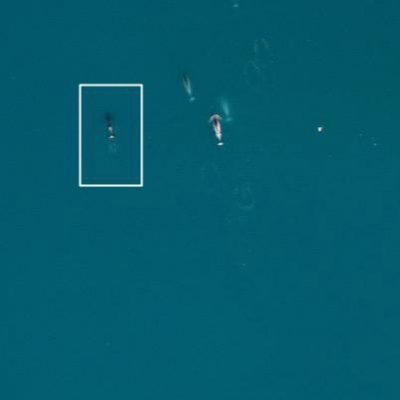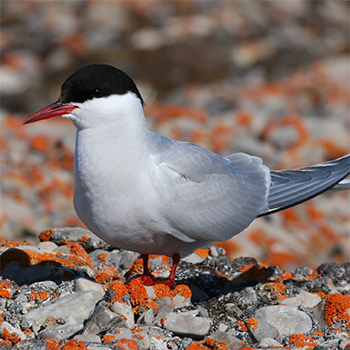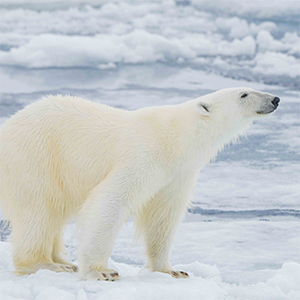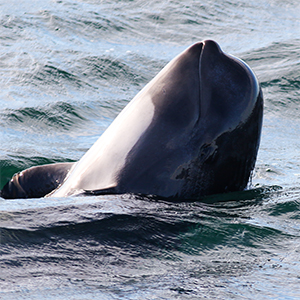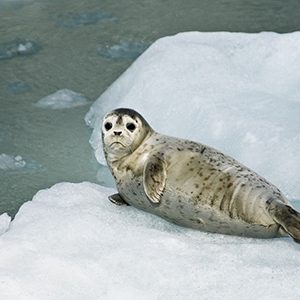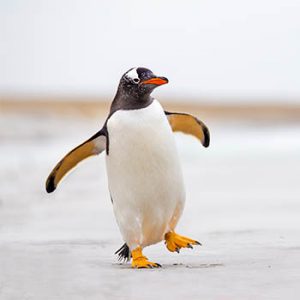How to spot the elusive narwhal
“We brought an infrared camera mostly to see if we could find walruses, seals, and polar bears on the ice, but when we looked at the infrared footage, we saw these narwhals swimming.”
Surprising insights into the migration pattern of world’s farthest-migrating species
The Arctic tern—which has the world record for the longest annual migration—uses just a few select routes, a key finding that could help efforts to conserve the species
Q & A: Big data meets big (polar) bears
Goal: to learn how polar bears find food and understand how they use wind to guide them in their search for prey.
Partnership between researchers and whale-watch operators makes for big whale behaviour insights
Based on their findings, the researchers recommended that whale-watchers keep some distance from foraging areas to avoid disturbing the whales while they eat.
Dr. Sumaila and Dr. Auger-Méthé named as Canada Research Chairs
Dr. U. Rashid Sumaila named CRC Tier I in Interdisciplinary Ocean and Fisheries Economics, and Dr. Marie Auger-Méthé named CRC Tier II in Statistical Ecology.
In the Arctic, little protection for the most important conservation areas
The researchers found that areas crucial for Arctic marine predators are largely left unprotected.
As penguins dive, their location data takes flight
Data sent from penguins to space and back to UBC could help researchers determine why the species’ breeding population fluctuates so dramatically.

